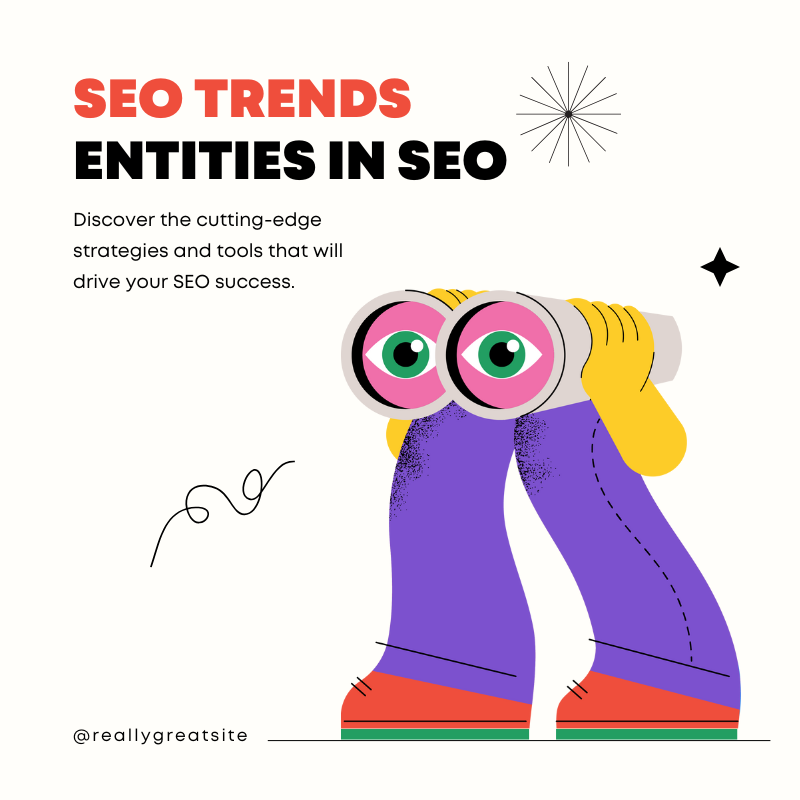What Are Entities in SEO & Why Do They Matter?
When it comes to boosting your visibility on Google, understanding entities is now just as important as keywords — if not more. As search engines evolve to prioritise meaning and context over exact matches, entity-based SEO has become one of the most effective ways to future-proof your rankings.
In this article, we’ll explain what entities are, why they’re critical to your SEO strategy, and how to optimise your website using a practical entity-based SEO checklist.
What Is an Entity in SEO?
An entity is a clearly defined “thing” that is unique, identifiable, and distinguishable. In SEO terms, an entity can be:
A person (e.g. David Attenborough)
A place (e.g. Leeds, UK)
An organisation (e.g. Deepblue-digital)
A product (e.g. iPhone 15)
A concept (e.g. salon interior design)
Google recognises entities through its Knowledge Graph — a vast database that helps it understand relationships between different topics and concepts. This enables search results to move beyond matching strings of text, and instead deliver results based on intent and meaning.
Why Entities Matter for SEO
1. Better Understanding of Search Intent
Google uses entities to better understand what users mean, even when queries are vague or conversational. For example, if someone searches for “best furniture for salons in Leeds,” Google may look beyond those words to identify recognised entities like “bespoke furniture,” “Leeds,” or even your brand name — if it’s known.
2. Enhanced Topical Authority
By creating content around specific entities and their related topics, you signal to Google that your site is a trusted authority on those subjects. This builds topical relevance and can improve your rankings across a wider set of related search terms.
3. Brand Visibility in the Knowledge Graph
When Google understands your business as an entity, it may reward you with a Knowledge Panel — the box that appears on the right-hand side of search results. This elevates your brand credibility and can significantly improve click-through rates.
4. E-A-T and Trustworthiness
Entity recognition plays a central role in Google’s focus on E-A-T: Expertise, Authoritativeness, and Trustworthiness. When your website consistently talks about a topic and is linked to by other trusted sources, it becomes more recognised as a reliable entity in its own right.
How to Optimise for Entities
SEO is no longer just about keywords — it’s about building meaning, relationships, and authority around real-world concepts. Below is a practical checklist to help you optimise your website for entity-based search.
✅ SEO Entity Optimisation Checklist
🔎 Identify Your Core Entities
List out key people, services, products, locations, or niche topics your business is about.
Check if these are recognised in Google’s Knowledge Graph, Wikipedia, or Wikidata.
🧠 Use Clear and Consistent Naming
Always use your full business name and service descriptions consistently across your website and online profiles.
Avoid vague language — use names and terms Google can understand.
🧱 Add Structured Data (Schema Markup)
Implement Schema.org markup using:
OrganizationorLocalBusinessProductorServiceArticle,BlogPosting,FAQ, etc.Use Google’s Rich Results Test to validate your markup.
🌐 Strengthen Your Online Entity Presence
Complete your Google Business Profile
Ensure NAP (Name, Address, Phone number) is consistent across all platforms
Consider building a Wikipedia or Wikidata entry if your brand is notable
✍️ Create Content Around Entities & Their Relationships
Write content that explores topics and related sub-topics in depth
Include internal links between content about related entities
Use synonyms and variations to build semantic depth
🔗 Build Contextual Backlinks and Mentions
Get coverage on industry websites, blogs, and local media
Aim for mentions that include both your brand name and relevant entity keywords
📸 Optimise Image and Video Metadata
Use descriptive file names and alt text with entity-related terms
Add structured data for
ImageObjectandVideoObjectwhen embedding visuals
🧭 Use Internal Linking with Contextual Anchors
Link related pages using relevant entity-based anchor text
e.g. “Explore our bespoke reception desks” linking to product pages
📈 Monitor Entity Recognition
Use Google Search Console to track how your site appears
Tools like InLinks, Kalicube Pro, and WordLift can help measure entity associations and knowledge panel performance
Final Thoughts
Google is moving beyond simply matching keywords to search queries. Entity SEO is about helping Google understand the “who, what, and where” of your business. By positioning your site as a trusted source around identifiable topics and concepts, you improve visibility, build trust, and future-proof your rankings.
If you haven’t yet explored entity SEO, now’s the time to get started — especially if you want to stand out in an increasingly competitive search landscape.
Would you like this blog turned into a downloadable PDF lead magnet, or shall I help you create an internal linking strategy around your core entities next?

